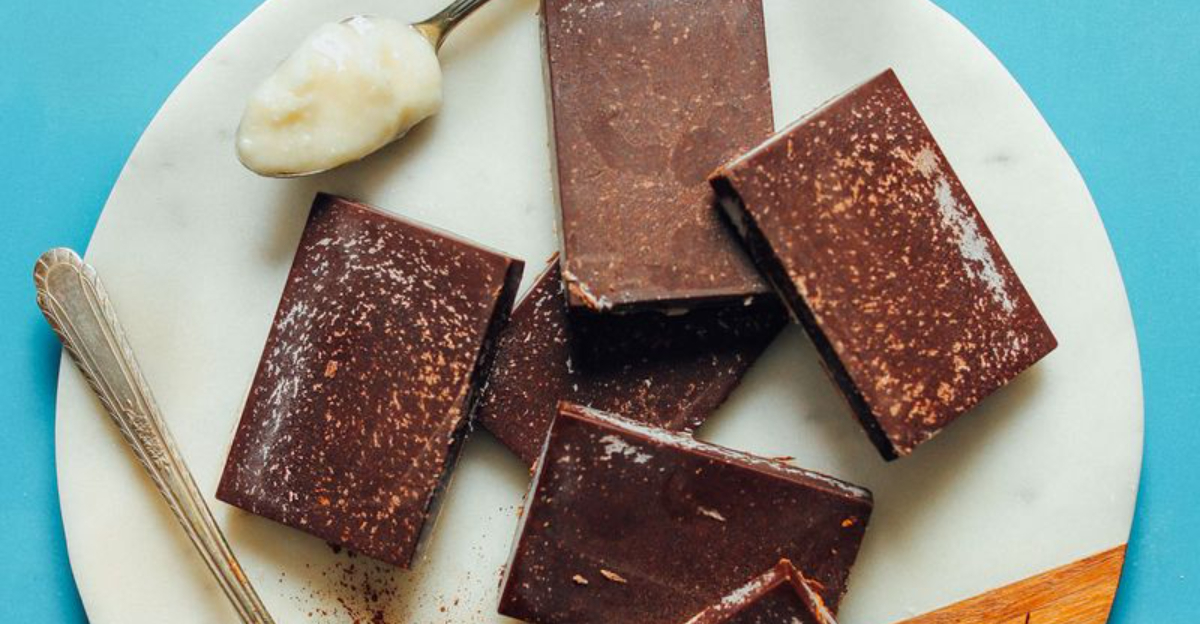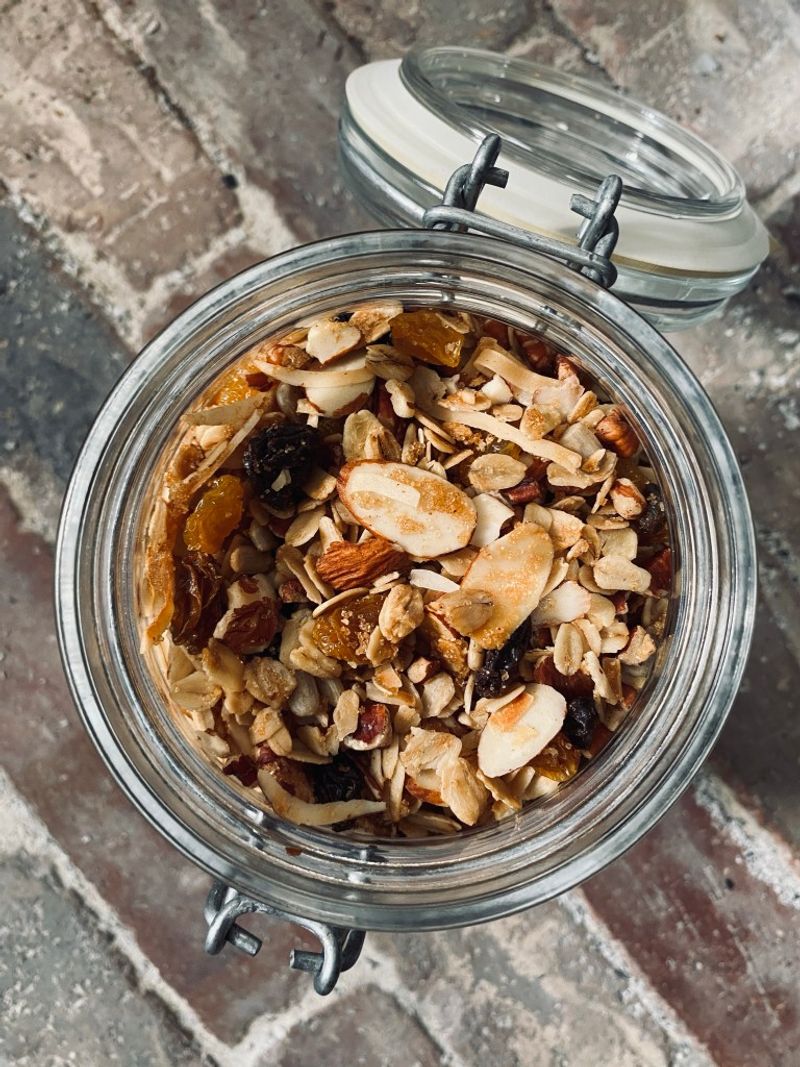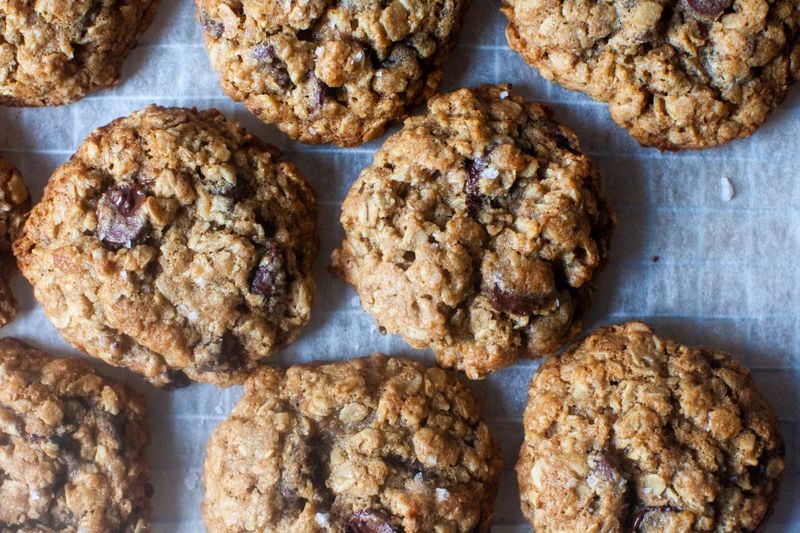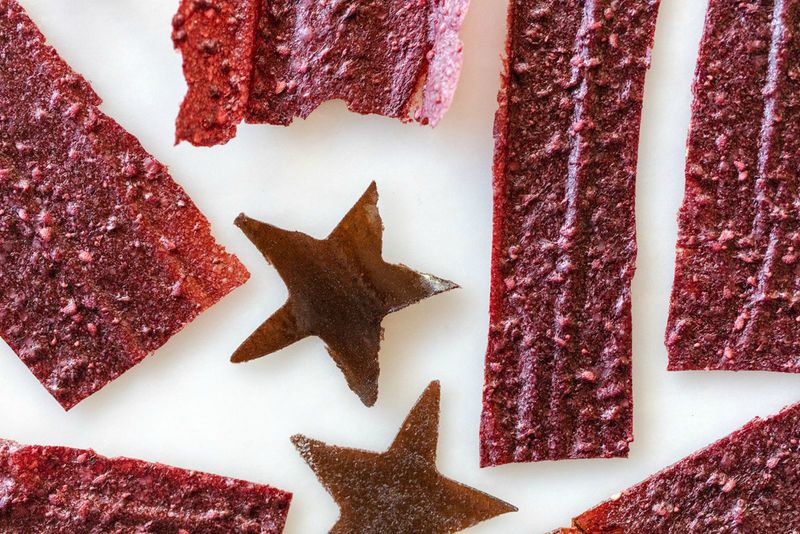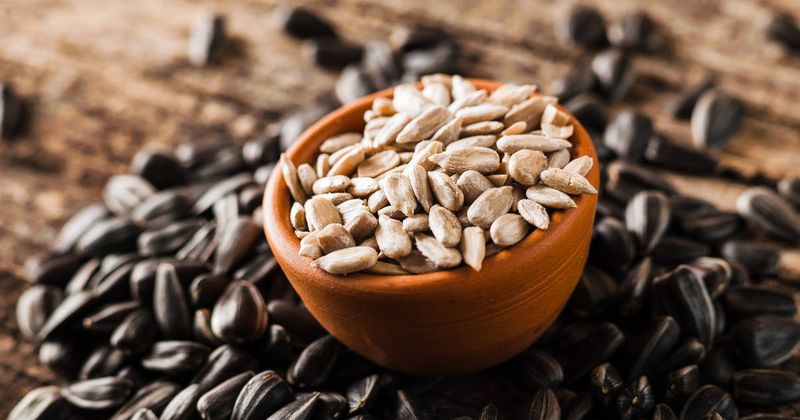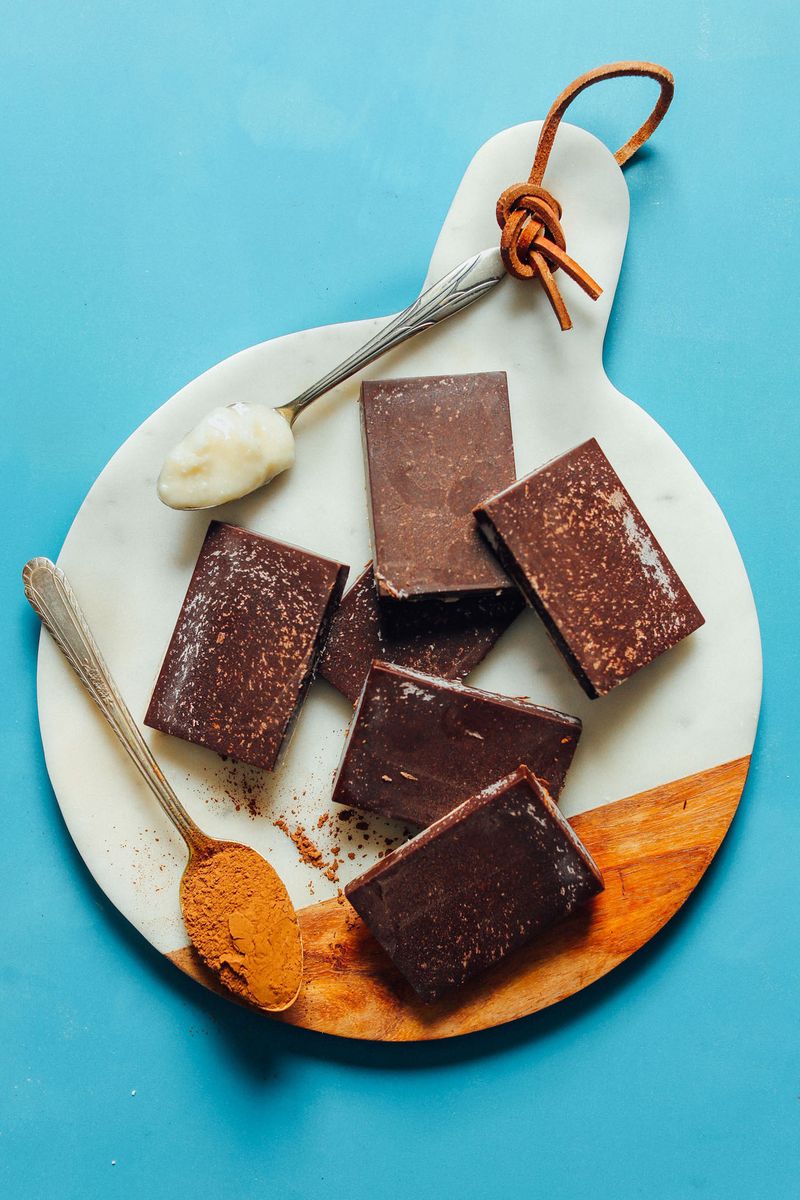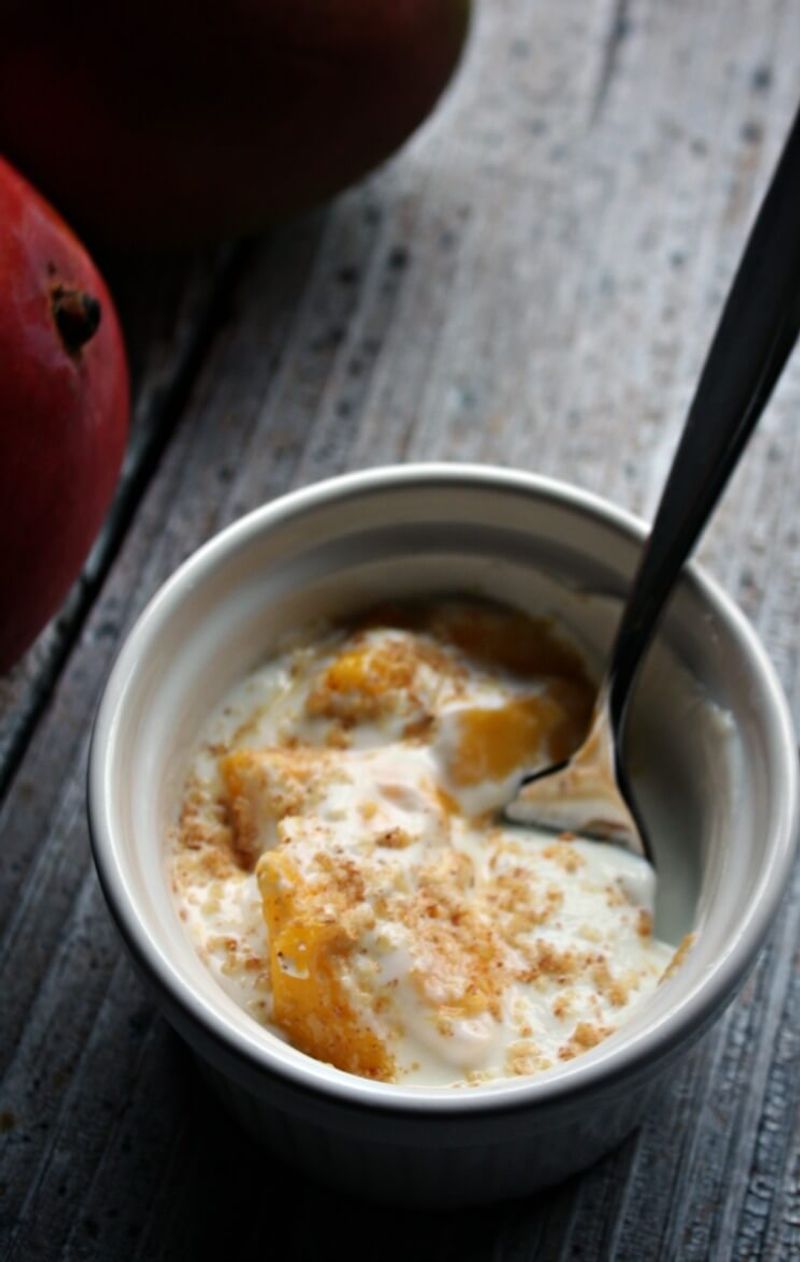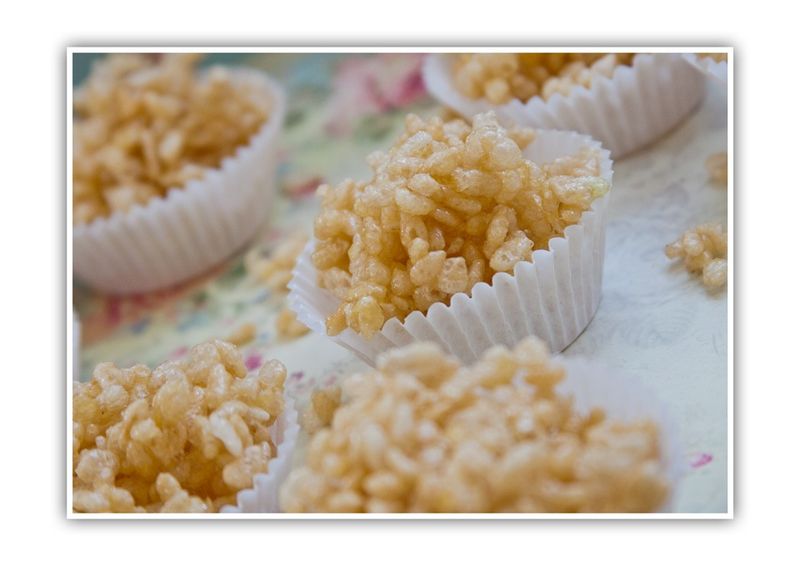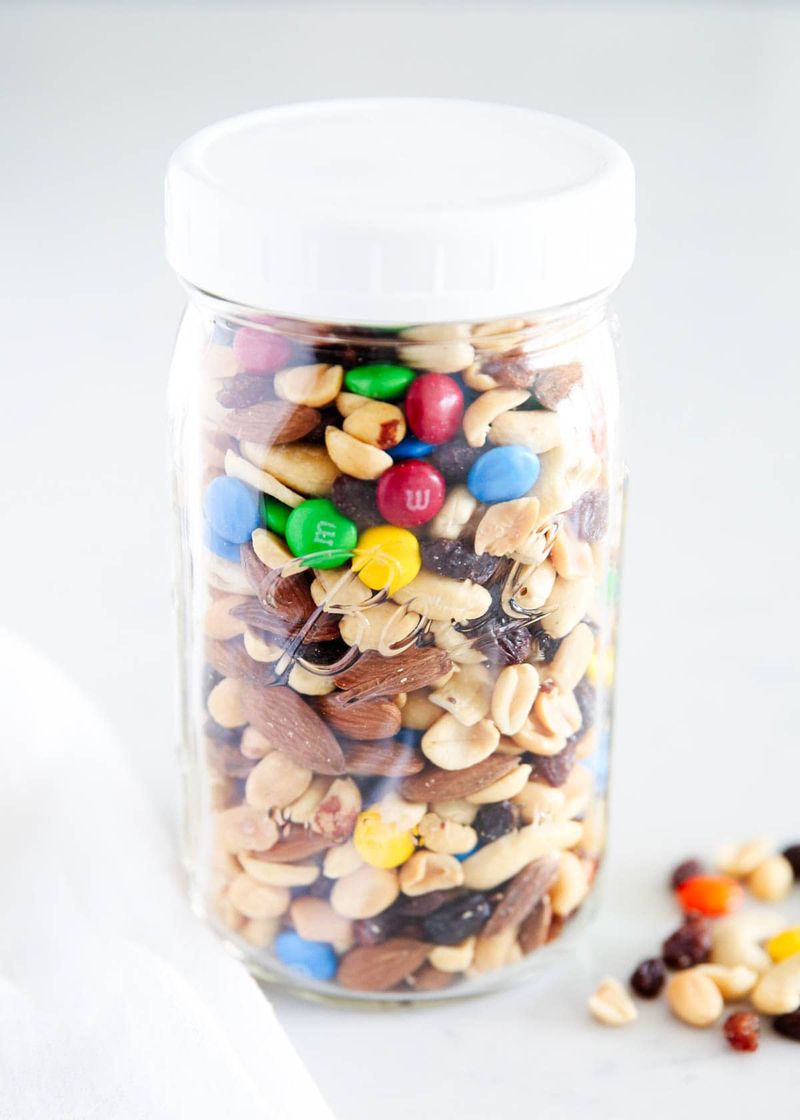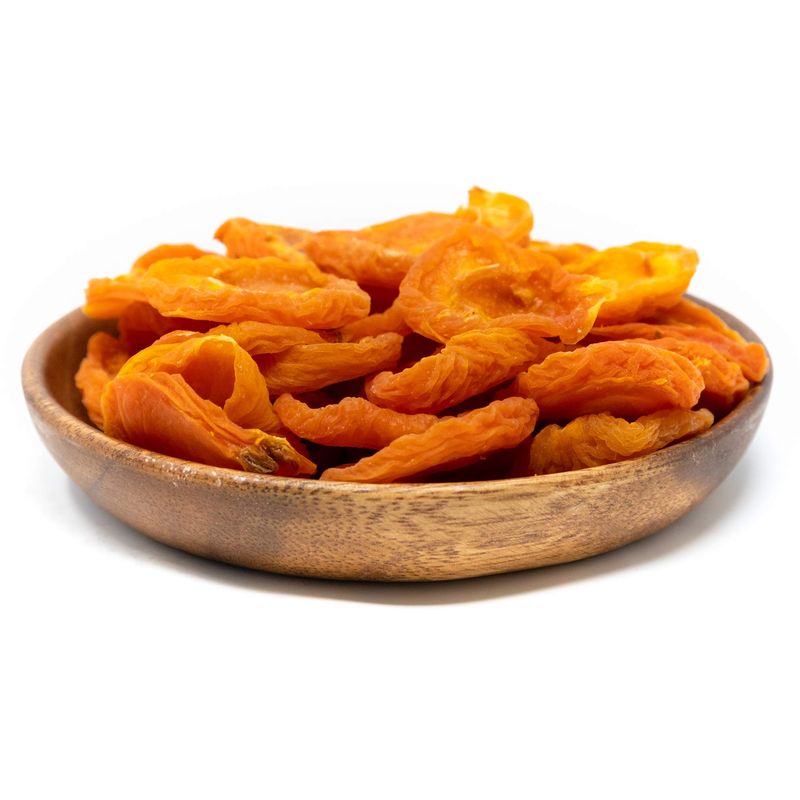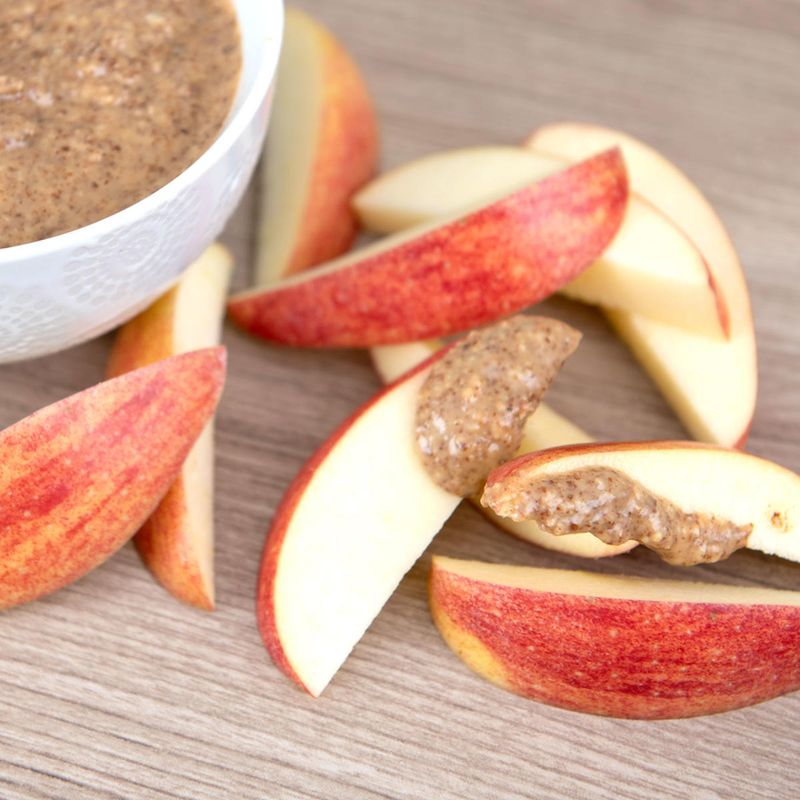Before protein-packed energy bars and plant-based shakes became the standard, the 1970s had its own idea of what a “healthy” snack looked like. Some were ahead of their time. Others… not so much. But in the era of granola and carob, these snacks were touted as better-for-you alternatives—even if the nutrition facts told a different story.
Here are 10 “healthy” snacks from the ’70s that helped define a generation’s approach to snacking.
1. Granola
In the ’70s, granola became the epitome of health-conscious snacking. Whether homemade or purchased from bulk bins, it symbolized the era’s back-to-nature movement. Made with oats, nuts, and honey, it was a crunchy treat often enjoyed by those looking to embrace a wholesome lifestyle.
Despite its healthy reputation, granola was calorie-dense, sometimes more akin to a dessert than a light snack. Yet its versatility in flavors and textures made it a beloved choice. Granola was more than just food; it was a statement of counterculture values and health aspirations.
2. Wheat Germ Cookies
Wheat germ cookies were a clever way for parents to add a touch of nutrition to dessert time. These cookies, packed with fiber and a subtle nutty flavor, were a staple in many homes.
Moms found them to be a sneaky way to enhance the nutritional value of a sweet treat. The use of wheat germ, known for its health benefits, gave these cookies an edge. They were flavorful yet carried an underlying health message. While not the most indulgent cookie, they were a favorite for those who wanted a wholesome bite.
3. Fruit Leather
Long before today’s fruit snacks, fruit leather was a popular choice in the ’70s. Made by pureeing fruit and drying it into thin sheets, this chewy treat was often homemade. Tangy and naturally sweet, it was considered a healthier alternative to candy.
Easy to pack and eat on the go, fruit leather appealed to parents and kids alike. It provided a satisfying chew without the additives found in other snacks. Though simple, its natural flavors and homemade appeal made it a cherished childhood memory for many.
4. Sunflower Seeds
For those seeking a snack with a bit of work, sunflower seeds were a popular choice. Often enjoyed during long car rides or picnics, they required a bit of patience and dexterity. Cracking open the shell to reveal the seed inside was a satisfying task.
Seen as a healthier alternative to chips, these seeds offered a salty crunch that was hard to resist. Both kids and adults appreciated their flavor and the process of eating them one by one. Sunflower seeds were the quintessential snack for leisurely afternoons.
5. Carob Bars
Carob bars were the guilt-free answer to chocolate cravings in the 1970s. Often found in health food stores, these bars claimed to be the healthier sibling of chocolate. Their earthy and chalky taste was an acquired one, yet many tried to embrace them as a substitute for their favorite sweet treat.
Rich in fiber and naturally caffeine-free, carob was promoted as a wholesome alternative. However, the texture and flavor were often criticized, making them a love-it-or-hate-it snack. Whether or not they delivered on health promises, carob bars remain a nostalgic snack from the era.
6. Yogurt with Wheat Germ
In the world of ’70s health snacks, yogurt topped with wheat germ was a common sight. This combination not only offered a tangy and creamy texture but also added a boost of fiber and nutrients.
Health enthusiasts praised it for its simplicity and nutritional value. The slightly nutty and crunchy wheat germ complemented the smooth yogurt, making for a harmonious blend. This snack was seen as a sophisticated choice for those focused on wellness, offering a balance of flavors and textures that satisfied the health-conscious palate.
7. Rice Cakes
Rice cakes were the dieter’s best friend in the 1970s. Their light and airy texture made them a popular choice for those watching their calorie intake. Although often criticized for being bland, rice cakes were a blank canvas for various toppings.
Whether paired with peanut butter, cheese, or just enjoyed plain, they offered a satisfying crunch. Rice cakes were marketed as the ultimate diet snack, promising fullness without the guilt. Their presence in the diet world remains strong, a testament to their lasting influence.
8. Trail Mix (aka GORP)
Trail mix, fondly known as GORP—Good Old Raisins and Peanuts—was the go-to fuel for hikers and free spirits. This portable snack blended nuts, seeds, dried fruit, and sometimes chocolate chips, offering a mix of sweet and savory.
Trail mix was celebrated for its energy-boosting properties, making it a staple for outdoor adventures. Its nutritional diversity catered to those seeking a natural and satisfying snack. With a variety of flavors and textures, it was both practical and delicious, earning its place in the hearts of many.
9. Dried Apricots
Dried apricots were a chewy delight in the 1970s snack scene. Their natural sweetness and tartness made them a popular choice for those craving something fruity. Packed with fiber, they were seen as a nutritious option for on-the-go snacking.
These golden gems were often found in lunch bags and offered a satisfying chew. While simple, they provided a burst of natural flavor that appealed to both kids and adults. Dried apricots were more than just a snack; they were a wholesome treat that fit the health trends of the time.
10. Apple Slices with Peanut Butter
Apple slices paired with peanut butter were the perfect blend of crunch and creaminess. This simple snack was praised for its balance of natural sweetness and protein. While apple slices offered a refreshing crispness, the peanut butter provided a rich and satisfying contrast.
Though often loaded with sugar, peanut butter was a favorite for its flavor and energy boost. This classic combo was a staple in lunch boxes and after-school snacks. Its simplicity and taste made it a timeless favorite, embodying the straightforward approach to health of the ’70s.
